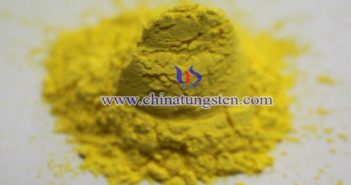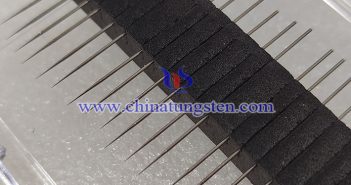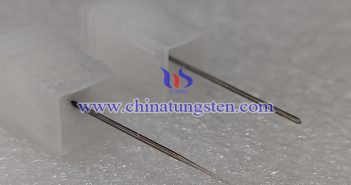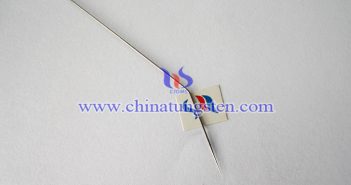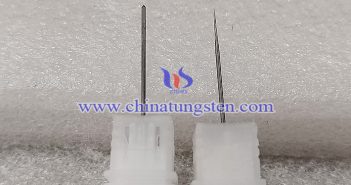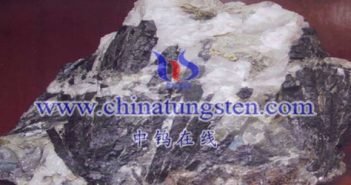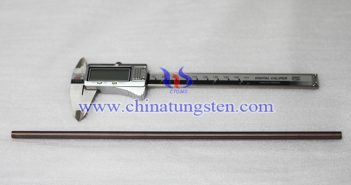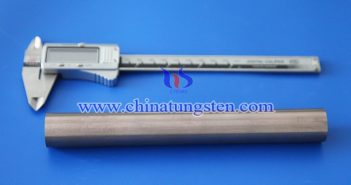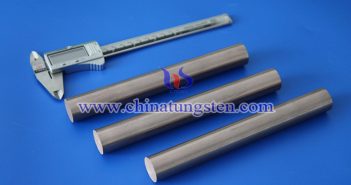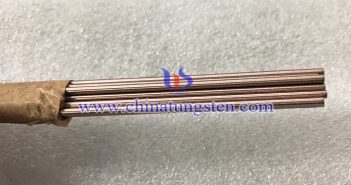
In the dynamic realm of electronics, where innovation is the heartbeat, ensuring optimal performance while managing heat becomes an integral challenge. Tungsten copper heat sinks emerge as unsung heroes, seamlessly blending the robust characteristics of tungsten with the thermal prowess of copper. This composite material plays a pivotal role in preventing electronic devices from succumbing to the relentless heat generated during operation. The Fusion of Tungsten and Copper: Tungsten, renowned for its high melting point and exceptional durability, teams up…

